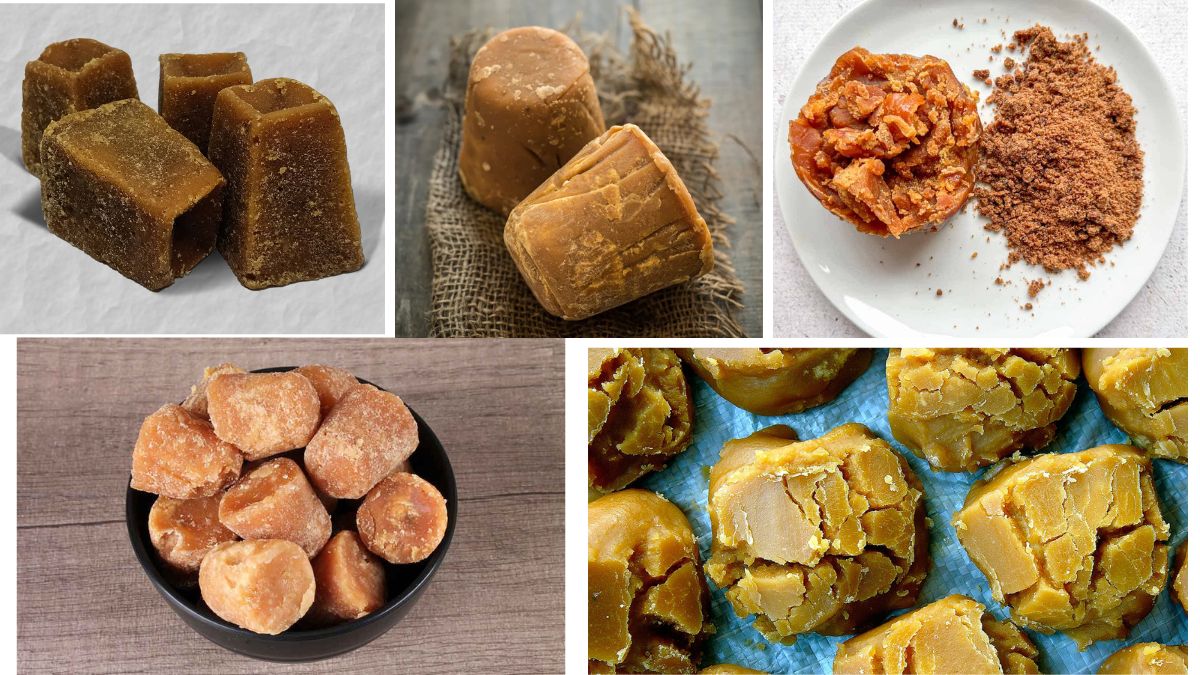Jaggery, also known as “gur” in India and many South Asian countries, is a traditional, unrefined sugar made primarily from sugarcane juice or palm sap. Revered not only for its sweet taste but also for its nutritional benefits, jaggery plays a vital role in the culinary, cultural, and economic landscapes of several countries. Over the years, as health-conscious consumers have turned toward natural sweeteners, the global demand for jaggery has increased, shining a spotlight on its primary producers. In this comprehensive article, we explore which country stands as the largest producer of jaggery in the world, analyze the factors behind its dominance, and understand the implications of jaggery production on global and local economies.
What Is Jaggery?
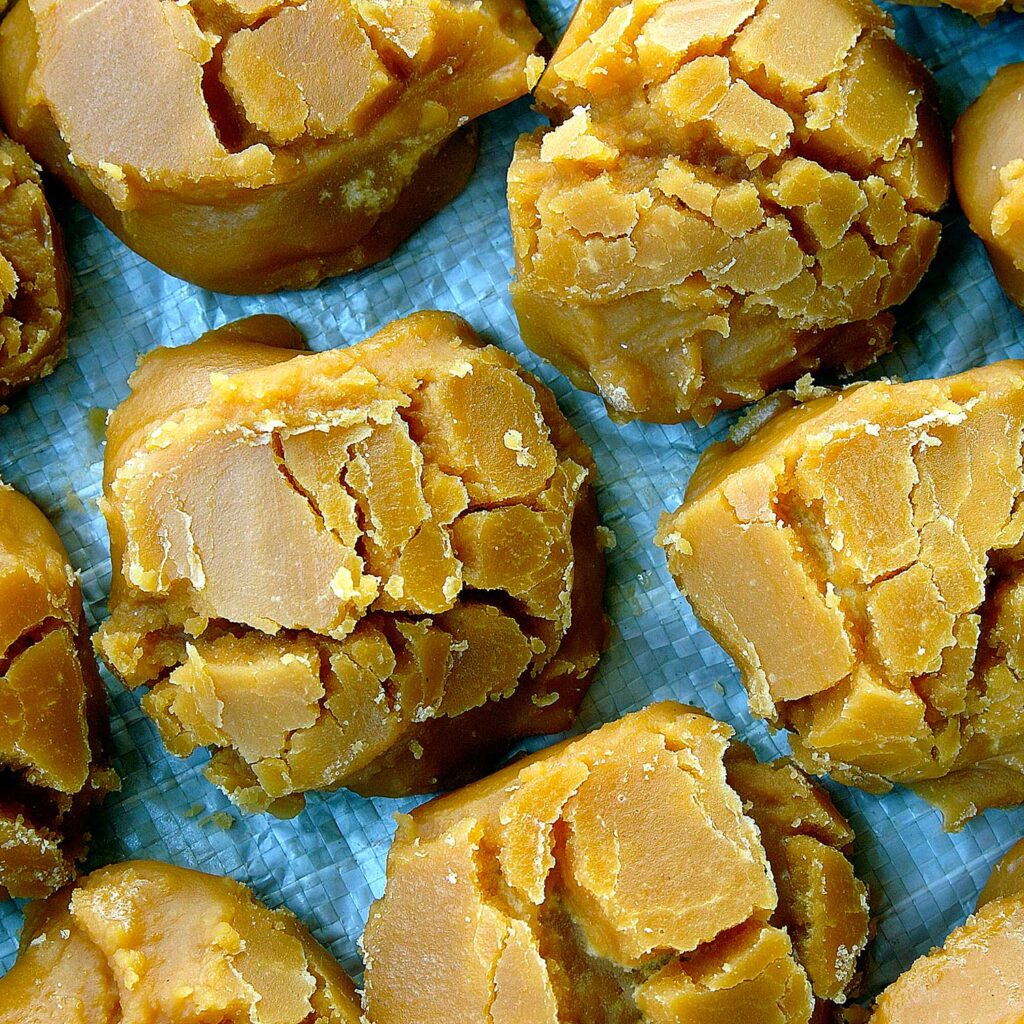
Jaggery is a concentrated product of cane juice or palm sap without separation of the molasses and crystals. It ranges in color from golden brown to dark brown and is usually sold in blocks, pastes, or granules. Unlike refined sugar, jaggery retains significant nutritional value, including iron, magnesium, and potassium, and is widely considered a healthier alternative to white sugar.
Its usage extends from food and beverages to ayurvedic medicine and traditional sweets. Countries like India, Bangladesh, Pakistan, Sri Lanka, Nepal, and some African and Southeast Asian nations have a long history of jaggery usage.
Global Jaggery Production at a Glance
Jaggery production is typically concentrated in countries that have significant sugarcane or date palm cultivation. The leading jaggery-producing nations include:
- India
- Pakistan
- Bangladesh
- Myanmar
- Nepal
- Sri Lanka
Despite the growing popularity of jaggery in the global health market, jaggery production remains largely regional, tied closely to traditional practices and seasonal labor. Among all these countries, India has clearly emerged as the largest jaggery producer in the world.
India: The Global Leader in Jaggery Production
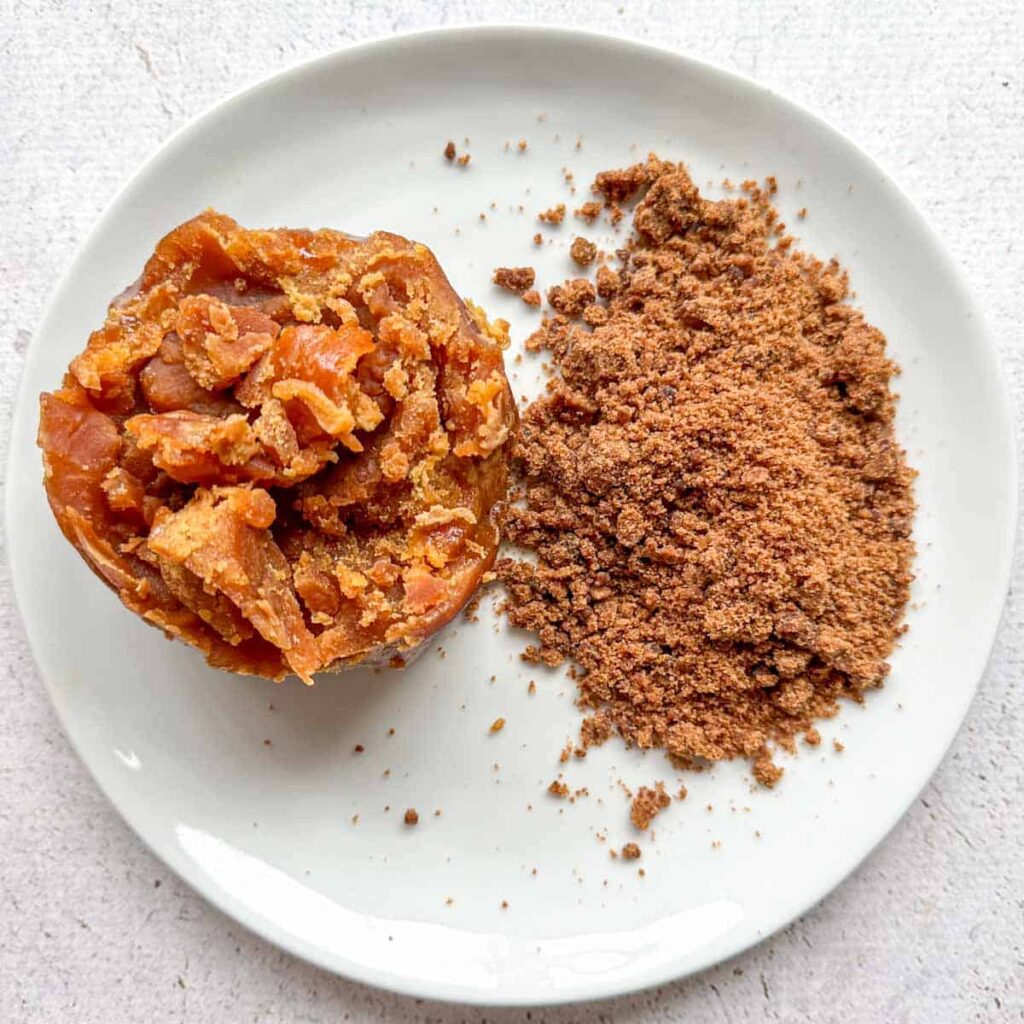
Production Volume
India accounts for more than 70% of the total jaggery production in the world. According to estimates from the Ministry of Agriculture & Farmers Welfare and industry sources, India produces over 10 million tonnes of jaggery annually.
Key Producing States
The largest jaggery-producing states in India include:
- Uttar Pradesh – Known as the sugar bowl of India, this state contributes significantly to jaggery output.
- Maharashtra
- Karnataka
- Tamil Nadu
- Andhra Pradesh
- Bihar
These states have favorable agro-climatic conditions for sugarcane cultivation and well-established local jaggery-making industries.
Traditional Production Techniques
India’s jaggery production remains primarily in the unorganized sector. Thousands of small-scale producers use traditional open-pan boiling methods, wherein sugarcane juice is heated, clarified, and concentrated until it solidifies into jaggery blocks. Despite the use of age-old methods, these units contribute immensely to rural employment and seasonal income generation.
Why India Leads the World in Jaggery Production
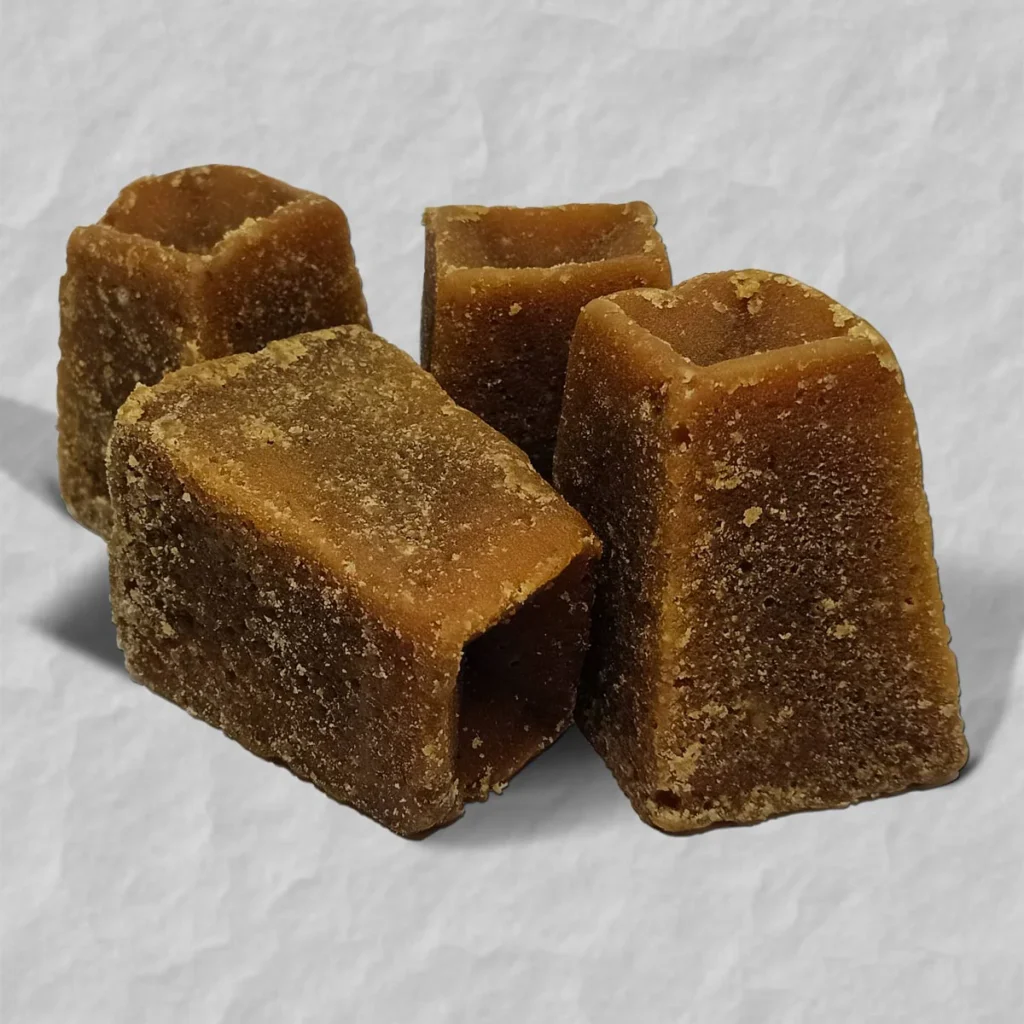
1. Abundant Sugarcane Cultivation
India is also the second-largest producer of sugarcane in the world (after Brazil), ensuring a steady and ample raw material supply for jaggery production.
2. Cultural and Culinary Importance
Jaggery has deep-rooted importance in Indian culture. It is used in religious rituals, traditional sweets (like chikki, gur ke laddoo, and tilkut), and winter preparations due to its warming properties.
3. Rural Industry and Employment
The jaggery industry supports over 2 million workers, directly and indirectly. It plays a crucial role in the rural economy by offering seasonal employment and utilizing local resources.
4. Growing Domestic and Global Demand
With rising awareness of the health benefits of jaggery, the domestic consumption has increased significantly. Additionally, exports to countries such as the United States, the UK, and the Middle East have also expanded.
Other Major Producers: A Comparative Look
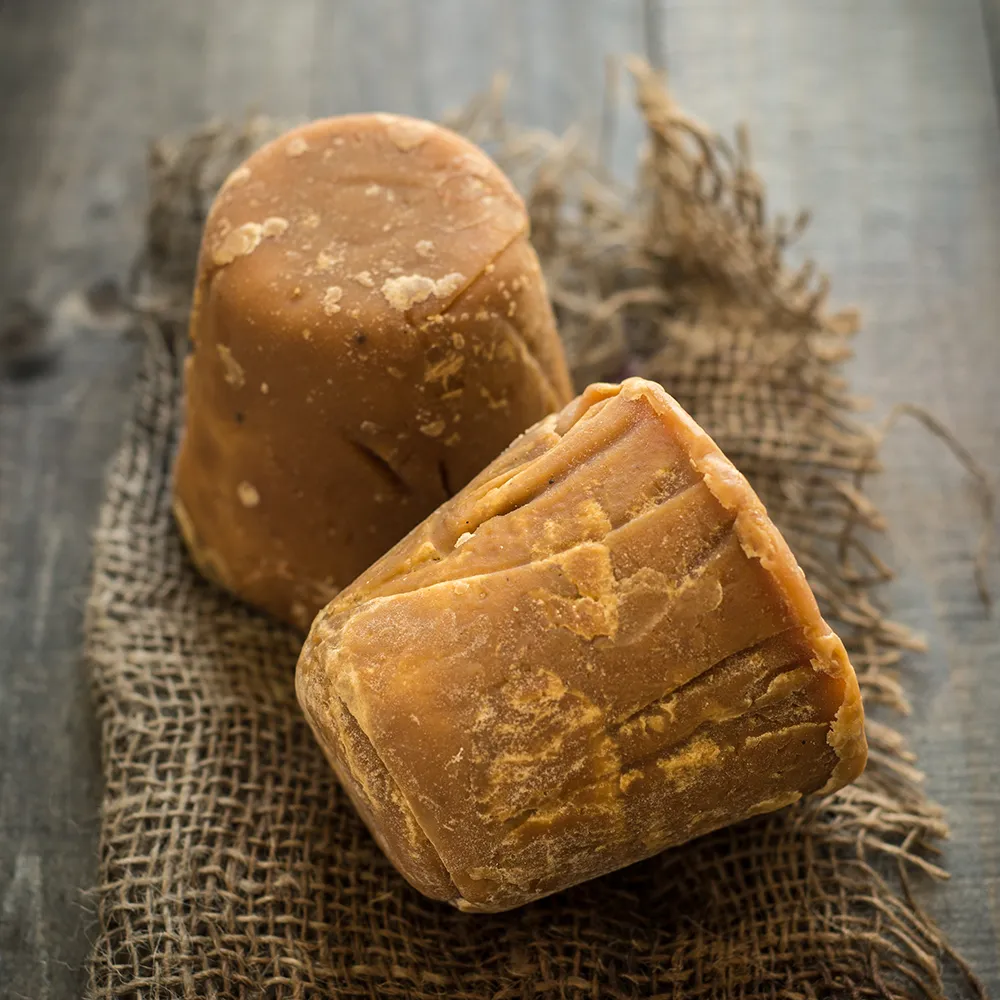
Pakistan
Pakistan is the second-largest producer of jaggery. Locally known as “gur,” it is extensively used in rural areas, both for culinary and medicinal purposes. Most jaggery production occurs in Punjab and Khyber Pakhtunkhwa provinces.
Bangladesh
In Bangladesh, jaggery (called “gur” or “molasses”) is primarily produced from date palm sap. It is a seasonal delicacy and widely used in traditional sweets. However, the overall production scale is significantly smaller than that of India.
Sri Lanka, Nepal, Myanmar
These countries produce jaggery mainly from palm sap. While production exists at artisanal levels, it remains small-scale and mostly serves local consumption.
Export and Global Trade of Jaggery
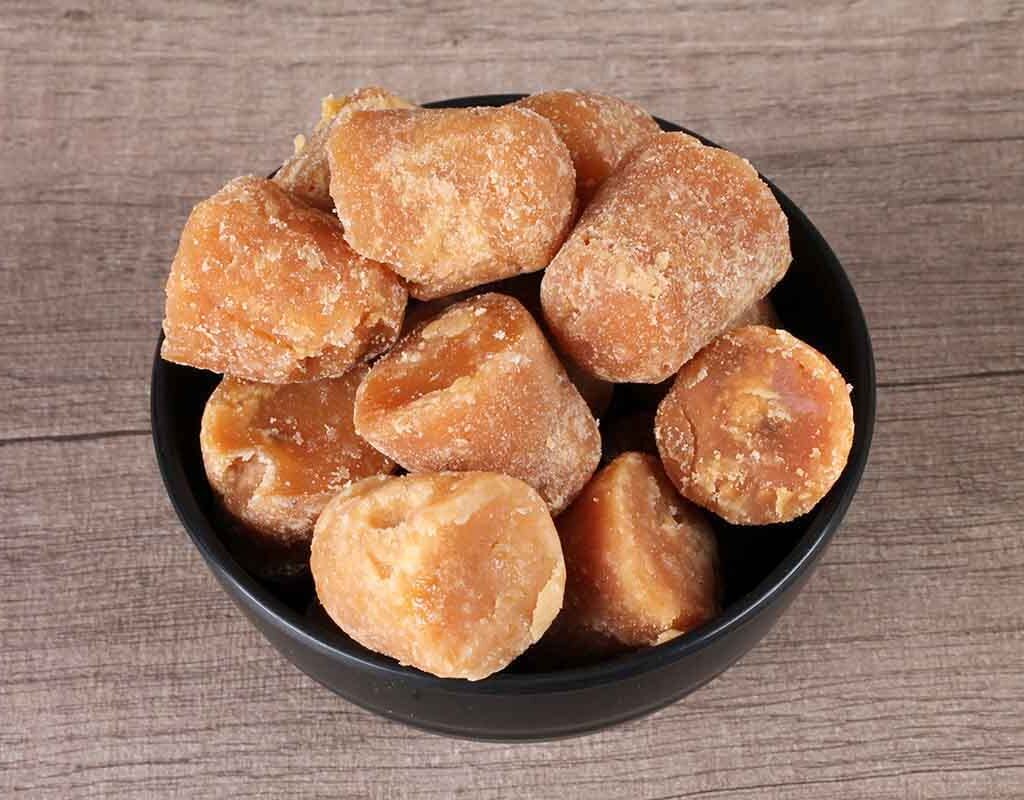
India is also a significant exporter of jaggery, supplying to countries with South Asian diasporas such as:
- United Arab Emirates
- Saudi Arabia
- Nepal
- USA
- UK
- Malaysia
- Sri Lanka
India’s export of jaggery and related products crosses $50 million annually, with increasing demand for organic and herbal varieties.
Challenges in the Jaggery Industry
Despite India’s dominance, the jaggery industry faces several challenges:
- Unorganized Sector: The majority of jaggery units are informal, lacking access to finance and modern technology.
- Quality and Hygiene Concerns: Traditional production methods often result in inconsistency in quality and hygiene standards.
- Seasonality: Jaggery production is mostly seasonal and dependent on sugarcane harvests.
- Lack of Branding and Market Access: Unlike refined sugar, jaggery lacks branding and structured market linkages.
Government Initiatives and Future Outlook
To support the jaggery industry, the Indian government has introduced several initiatives:
- Promotion of organic jaggery under Agri Export Zones (AEZ)
- Training programs for modern and hygienic production
- Subsidies for setting up mechanized jaggery units
- Inclusion under the “One District One Product” (ODOP) scheme in several states
With rising demand for chemical-free, organic, and natural sweeteners, the future of jaggery looks promising. Enhanced export strategies, improved branding, and technological upgrades can further strengthen India’s global leadership.
Conclusion
The answer to the question “Which country is the largest jaggery producer in the world?” is unequivocally India. With its massive sugarcane cultivation, traditional knowledge base, cultural usage, and expanding market, India not only leads in production but also serves as the global ambassador of this age-old sweetener. As jaggery continues to gain global attention as a healthier alternative to sugar, India’s role will only become more central in the years to come.
